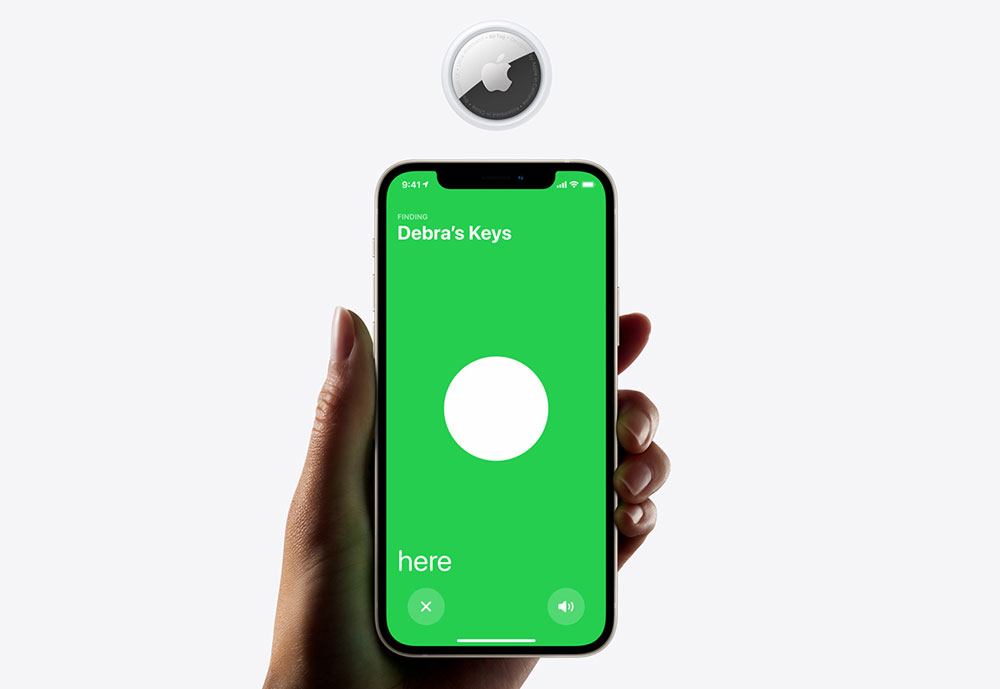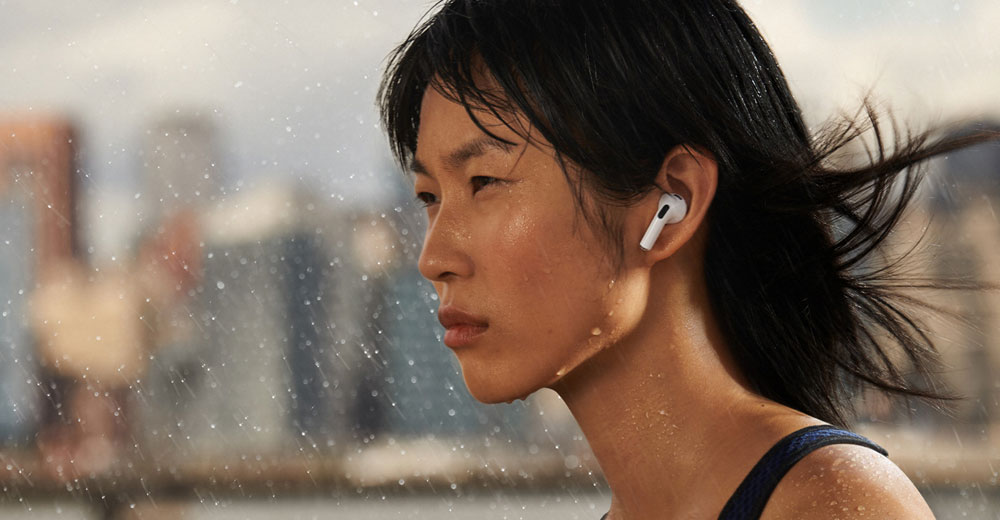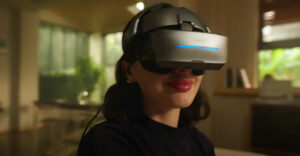The holiday shopping season was very good for Apple’s wearables business, according to a leading analyst of the company’s operations.
Ming-Chi Kuo of TFI Asset Management reported over the weekend that Apple sold 90 million AirPods during the final quarter of 2021, including 27 million of the latest version of the earbuds released in September.
The burst in sales will contribute to what Kuo estimates to be a 20 percent increase in revenue for wearables sold by Apple in 2021 over the previous year.
“The earware has become popular, iconic, a must-have device,” said Ramon T. Llamas, a research director at IDC.
“For many iPhone owners, there is really only one choice for true wireless earbuds, and that is AirPods,” he told TechNewsWorld.
In Apple’s earnings reports, revenues from wearables are tossed into a category known as “Other Products,” which includes other accessories, such as iPhone cases and charging cables. During the 2020 holiday season, that category produced $1.3 billion for the company. If Kuo’s forecast is on target, the category could be a lot fatter in 2021.
Better Year Ahead?
To some Apple watchers, Kuo’s report is a prologue to what could be an even bigger year for the company’s wearables. A refresh of the AirPods Pro model is expected in the fall, as well as its much-anticipated augmented reality glasses.
In addition to the AirPods Pro refresh, there’s still a lot of headroom in the smartwatch market, observed Ross Rubin, the principal analyst with Reticle Research, a consumer technology advisory firm in New York City.
“The AirPods Max is a very expensive headphone product,” he told TechNewsWorld. “They could come in with an over-the-ear product under its price.”
“Just from those products, there’s a fair amount of opportunity,” he said.
Llamas agreed that the smartwatch market still has much to offer Apple. “The Watch is mature, but it’s still in a vastly underpenetrated market,” he observed. “There’s plenty of room to grow.”
“Apple is one of the few companies that has succeeded in making its watch one for all seasons — it does health, fitness, music, scheduling, voice assistance, all pretty well,” he added.
Filomena Iovino, a research analyst with ABI Research, a global technology intelligence firm, explained that in recent years, Apple has made several acquisitions to grow into other wearables segments, such as augmented reality and virtual reality headsets and AR smart glasses.
“Many smart devices, such as hearables and AR glasses, are expected to continue to enter the market with new features, driven by the surging demand among mainstream consumers,” she told TechNewsWorld. “This will have a positive impact on Apple’s wearables and accessories business.”
Keys to Success
Tim Bajarin, president of Creative Strategies, a technology advisory firm in Campbell, Calif., cited a number of reasons why Apple has been successful in the wearables market.
“The key is that their products work within their ecosystem of hardware and software and are of superior quality and easy to use,” he told TechNewsWorld.
Iovino maintained that Apple’s wearables are well ahead of its competition for three primary reasons: design, compatibility and a strong ecosystem.
“As a result,” she continued, “Apple now has a significant market share lead in wearables and accessories, and the growth is expected to continue quickly.”
Apple has developed a really capable wearables platform, Rubin added.
“They have been very aggressive in ramping up the functionality of their wearables year after year,” he said.
“They’ve taken advantage of integration with the iPhone,” he continued. “So they have good companion products to a very popular product.
“They’ve also been able to expand the price points of their products through older models or special editions,” he noted. “There are less expensive smartwatches on the market, but for their buyer, their watch is a reasonably-priced extension of the iPhone’s functionality.”
New Pricing Sensitivity
A new attitude toward pricing has contributed to the company’s success in wearables and in other areas, maintained Mark N. Vena, president and principal analyst at SmartTech Research, a technology advisory firm in San Jose, Calif.
“A large part of their success is they’ve gotten much more sensitive to price points,” he told TechNewsWorld.
He cited Apple’s AirTags, a device for tracking anything from car keys to canines, as an example of pricing sensitivity.

AirTag Finding Screen (Credit: Apple)
“Apple did a pretty good job with AirTags,” he said. “It added capabilities that others don’t have and when you get to the price points that the AirTag is selling at, it’s almost an impulse buy.”
Bob O’Donnell, founder and chief analyst with Technalysis Research, a technology market research and consulting firm in Foster City, Calif., pointed out another factor contributing to Apple’s wearable success, especially with AirPods.
“There’s a huge installed base of iPhones, and even older models will work with AirPods,” he explained. “They’re a relatively inexpensive add-on for people, which makes them a very attractive option.”
“One of the great things about a good accessory business is if you make accessories that work across all your devices, good things happen,” he observed.
Apple’s AR glasses will be a test for that because they likely won’t appeal to a large swath of Apple’s installed base,” he added.
However, Bajarin believes Apple’s AR glasses could become a popular Apple wearable. “If Apple gets the design and form factor and app ecosystem right, these could become Apple’s best-selling wearables by 2025,” he predicted.
“They have the greatest potential of bringing mainstream users to the Metaverse and could be highly important for Apple’s wearable business in the future,” he added.
Llamas, though, was skeptical that the glasses would be a hit — at least when first released — with most consumers. “I would like to see it happen because when Apple joins a market, a lot of good things usually happen,” he said.
“But the question I have,” he continued, “is what is the use case that’s compelling enough to make me want to buy your glasses?”























































